SARS-CoV-2 (COVID-19)
Experiments on highly pathogenic/pandemic strains is powered by the National Research Center (NRC)
1. Antiviral assays
These assays are used to evaluate the virucidal efficacy of liquid, aerosol, trigger-spray microbicides intended for use on inanimate, nonporous environmental surfaces, treated surfaces and textiles, and Chemical, natural, and synthetic compounds. This practice may be employed with most viruses, which can be grown in cultured cells.
a. Crystal Violet (CV) Assay
Crystal violet (CV) is one of the common methods used to detect cell viability. CV is a triarylmethane dye that can bind to ribose type molecules such as DNA in nuclei. Normally, dead adherent cells will detach from cell culture plates and will be removed from viable cell population during washing steps. CV staining can be used to quantify the total DNA of the remaining population and thus determine cell viability after treatment with virus and test compound. The CV staining is directly proportional to the cell biomass and can be measured at 570 nm. Cytotoxicity of the test compounds is also determined concurrently on uninfected cells for comparison.
- Results will be provided as half-maximal viral inhibitory concentration (IC50)
b. Plaque Reduction Assay
Plaque-based assay is a standard method used to determine virus concentration in terms of infectious dose. Viral plaque assays determine the number of plaque forming units (pfu) in a virus sample, which is one measure of virus quantity. A confluent monolayer of host cells is infected with the virus and the infected cell area will create a plaque (an area of infection surrounded by uninfected cells) which can be seen with an optical microscope. In plaque reduction assay, test compound is added in different concentrations to infected cells and number of formed plaques is counted and compared to controls (untreated infected cells). Finally, percentage reduction in plaques formation in comparison to control is recorded.
- Results will be provided as half-maximal viral inhibitory concentration (IC50)
2. Antiviral Synergy Checkerboard Assays
Synergy measurement by checkerboard analysis is used to determine the impact on potency of the combination of drug / compound in comparison to their individual activities. This comparison is then represented as the Fractional Inhibitory Concentration (FIC) index value.
This test can be carried out by any of the early mentioned protocols:
- Crystal Violet (CV) Assay
- Antiviral Synergy Checkerboard Assays
- Results will be provided as half-maximal viral inhibitory concentration (IC50) for each individual compound and for their combination(s)
3- Mode of Action of Antiviral Activity Assays
Improving the efficiency of antiviral compounds represents a crucial step in developing alternative strategies, but this depends on a better understanding of their mode of action. For each test compound, the following mechanisms are tested using Plaque Reduction Assay:
- Viral adsorption inhibition
- Viral replication inhibition
- Direct virucidal effect
- Results will be provided as viral inhibition percent for the three main tested steps (Adsorption, replication and viricidal effect)


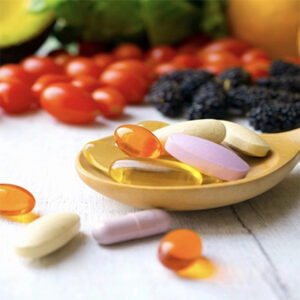
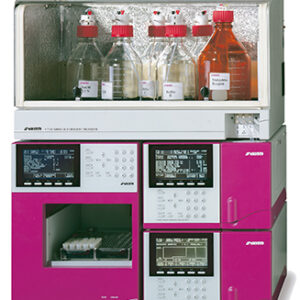
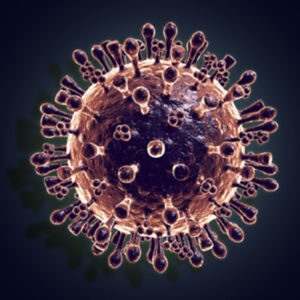
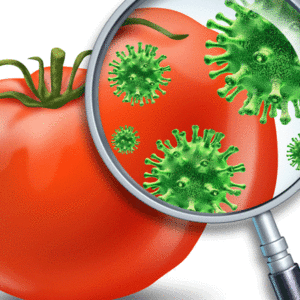

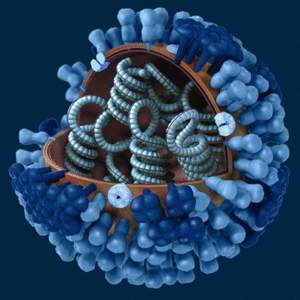
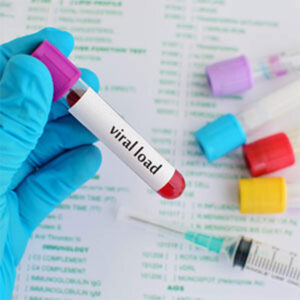
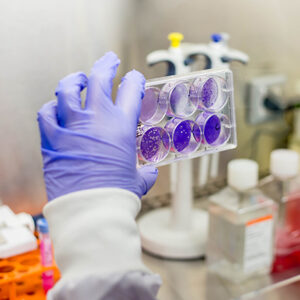
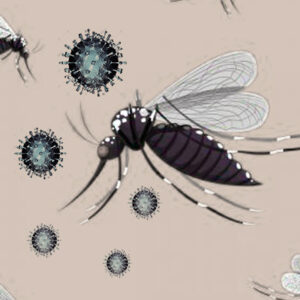
Reviews
There are no reviews yet.